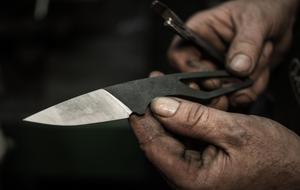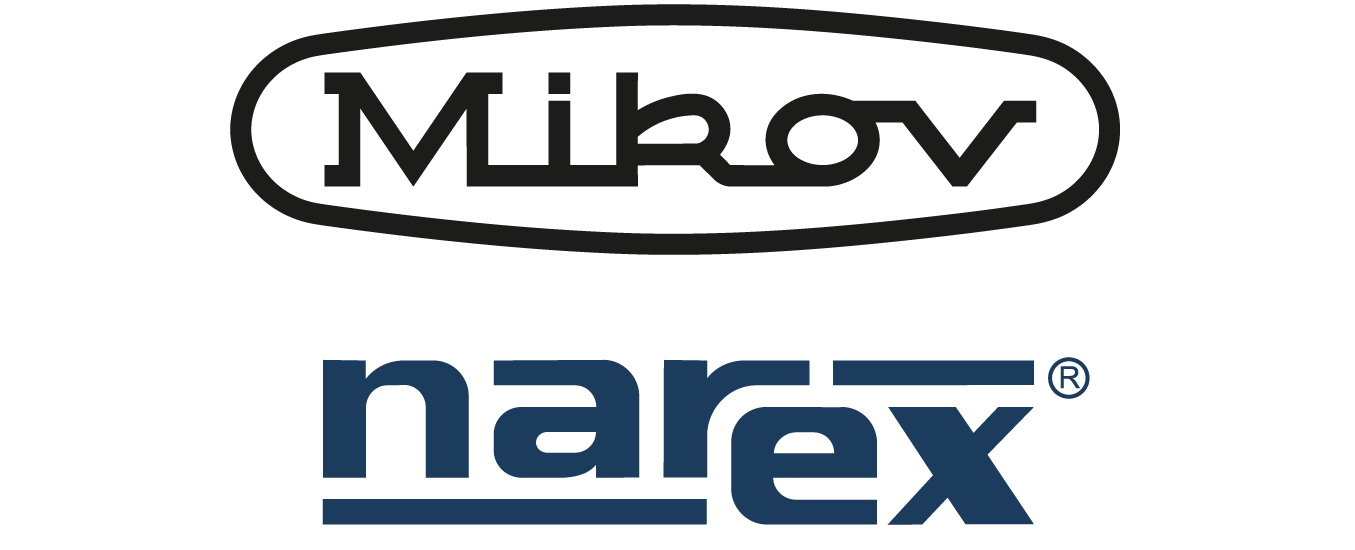Platí, že čím tvrdší ocel, tím lepší nůž?
8. května 2019
Platí, ale ne úplně. Kvalita nože se totiž odvozuje hlavně od jeho ostří. K tomu, aby ostří vydrželo, a nůž se rychle neztupil nebo nezlomil, musí být materiál nejen tvrdý, ale také houževnatý - to znamená odolný proti plastické a elastické deformaci.

U oceli obě tyto vlastnosti závisí na spoustě faktorů. V prvé řadě je to její chemické složení, ale také způsob tavení prvotních surovin, kování případně válcování, a konečně pak tepelné zpracování (kalení a popouštění).
Tvrdost materiálů se dá měřit různým způsobem. Pro nože se nejvíce používá měření dle dle Rockwella, kde se označuje zkratkou HRC (písmena A a B jsou využívány pro měření měkčích materiálů). Tvrdost se měří tak, že se do materiálu vtlačuje diamantový kužel. Musí se k tomu vynaložit síla 1471 N, a na závěr se změří hloubka vtisku. Na prospektech a propagačních materiálech nožů pak například čteme, že ocel nože má tvrdost 57 HRC.
Zdálo by se, že čím tvrdší nůž, tím je to lepší. Ale není tomu tak - u některých nožů je to zbytečné a vlastně nežádoucí. Navíc velmi tvrdé materiály mívají problém s houževnatostí. Samotný údaj tvrdosti (např HRC 60) proto ještě není zárukou, že se jedná o kvalitní a odolný nůž. Může to být také nůž křehký, který se navíc dá jen velmi obtížně nabrousit.
A jaké oceli Mikov pro své nože využívá? Nerezovou ocel 420 (HRC 52-55) například na zavírací nože Stovka či lovecké nože Fixir, martenzitickou korozivzdornou ocel DIN 1.4116 (HRC 55) pro kuchyňské nože Ruby, damaškovou ocel (HRC 57-60) a ocel RWL 34 (HTC 57-60) pro nože Predator a Jaguar, a konečně pak ocel N690 od firmy Bohler (HRC 57-60) pro nože List, Patron, Pocket nebo Predatory Stonewash či Blackout.


